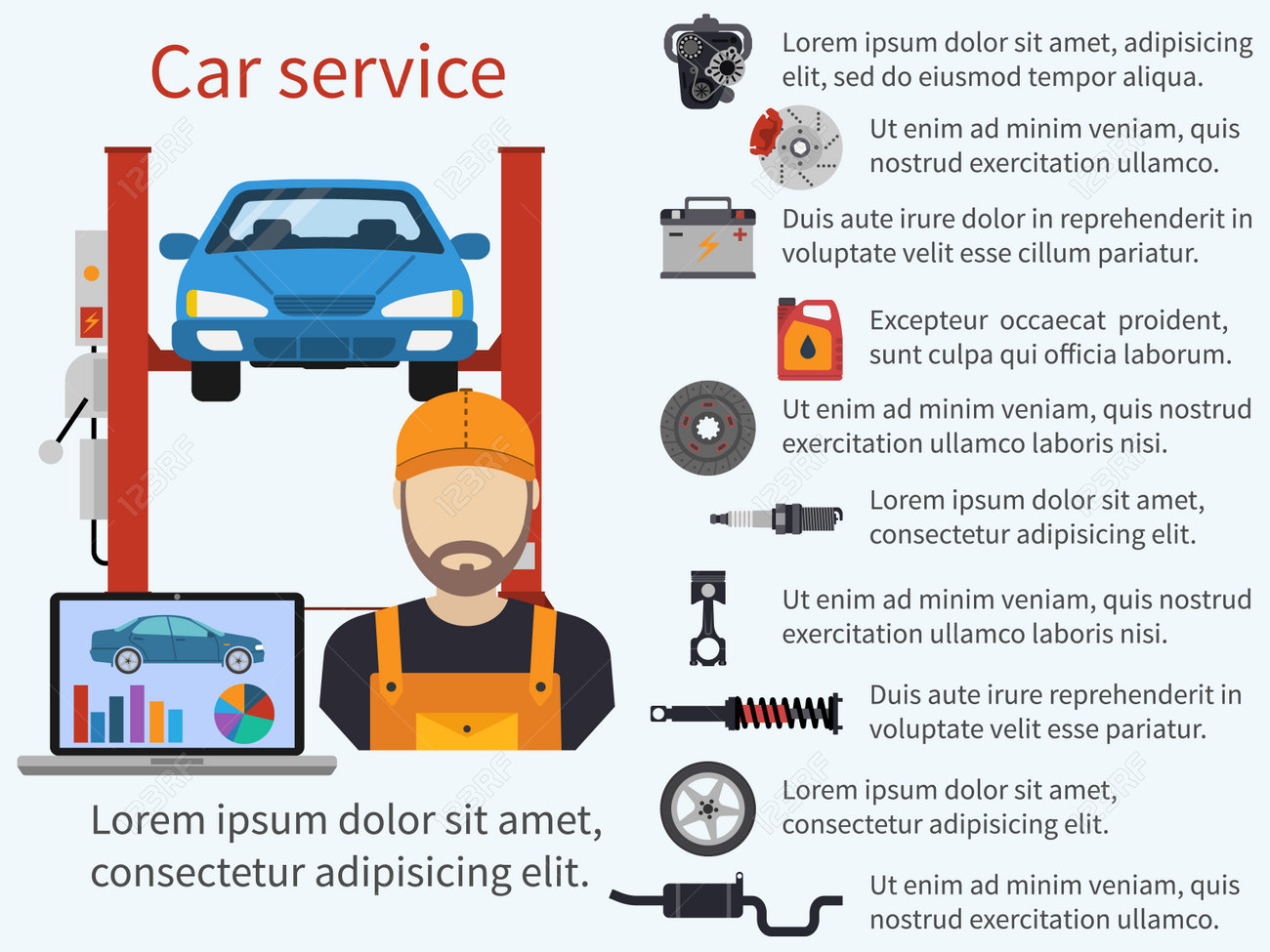Fascinated In Recognizing The Caution Lights On Your Vehicle'S Dashboard? Discover Their Value For Your Lorry'S Safety And Overall Problem
Fascinated In Recognizing The Caution Lights On Your Vehicle'S Dashboard? Discover Their Value For Your Lorry'S Safety And Overall Problem
Blog Article
Created By-Faulkner Stark
When you're behind the wheel, those radiant caution lights on your dashboard can be a little bit complicated. Do you understand what they're trying to tell you about your car's health and wellness? Recognizing the importance of these lights is crucial for your security and the durability of your vehicle. So, the next time among those lights pops up, wouldn't you want to decipher its message precisely and take the essential steps to address it?
Common Caution Lighting and Interpretations
Recognize common caution lights in your vehicle and recognize their definitions to ensure risk-free driving.
The most common caution lights include the check engine light, which indicates issues with the engine or emissions system. If this light begins, it's important to have your vehicle checked immediately.
The oil stress cautioning light shows low oil stress, calling for instant focus to avoid engine damages.
A blinking battery light may suggest a damaged charging system, potentially leaving you stranded if not resolved.
The tire stress tracking system (TPMS) light notifies you to low tire pressure, affecting automobile security and fuel performance. Ignoring this might cause dangerous driving problems.
The abdominal light shows an issue with the anti-lock stopping system, compromising your ability to stop quickly in emergency situations.
Finally, the coolant temperature level cautioning light warns of engine overheating, which can result in serious damages if not fixed promptly.
Recognizing these common caution lights will certainly help you deal with concerns immediately and keep safe driving conditions.
Significance of Prompt Focus
Understanding the common caution lights in your auto is just the first step; the relevance of promptly dealing with these warnings can't be highlighted sufficient to guarantee your safety on the road.
When a warning light brightens on your control panel, it's your cars and truck's means of interacting a prospective issue that requires attention. Neglecting these cautions can cause extra severe problems later on, compromising your safety and possibly costing you a lot more in repairs.
Prompt attention to cautioning lights can avoid breakdowns and accidents. For example, a blinking check engine light can indicate a misfire that, if left unattended, could trigger damage to the catalytic converter. Addressing this without delay can conserve you from a pricey fixing.
Likewise, a brake system alerting light might indicate low brake fluid or worn brake pads, important elements for your security when driving.
DIY Troubleshooting Tips
If you discover a caution light on your control panel, there are a couple of do it yourself fixing pointers you can attempt prior to looking for specialist aid.
The primary step is to consult your car's guidebook to comprehend what the particular caution light suggests. In some cases the concern can be as simple as a loosened gas cap causing the check engine light. Tightening pop over to this website might resolve the issue.
https://brakerepairnearme73951.blog-kids.com/32294951/the-ease-of-mobile-automobile-describing-changes-your-lorry-s-appearance-however-is-it-as-reliable-as-typical-methods-discover-the-fact-behind-this-service is a low battery, which can trigger various warning lights. Inspecting the battery links for corrosion and ensuring they're protected may repair the issue.
If a caution light persists, you can attempt resetting it by detaching the auto's battery for a couple of minutes and afterwards reconnecting it. Furthermore, checking your car's liquid degrees, such as oil, coolant, and brake liquid, can assist troubleshoot advising lights connected to these systems.
Conclusion
In conclusion, understanding your cars and truck's warning lights is vital for keeping your vehicle running smoothly and safely. By without delay resolving these signals and knowing what they indicate, you can avoid expensive repair services and possible failures.
Remember to consult your automobile's guidebook for particular details on each cautioning light and take action as necessary to ensure a hassle-free driving experience.
Remain educated, remain risk-free when driving!
